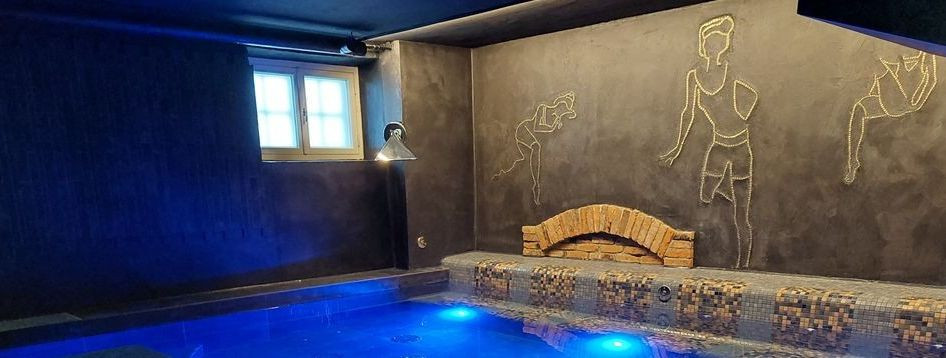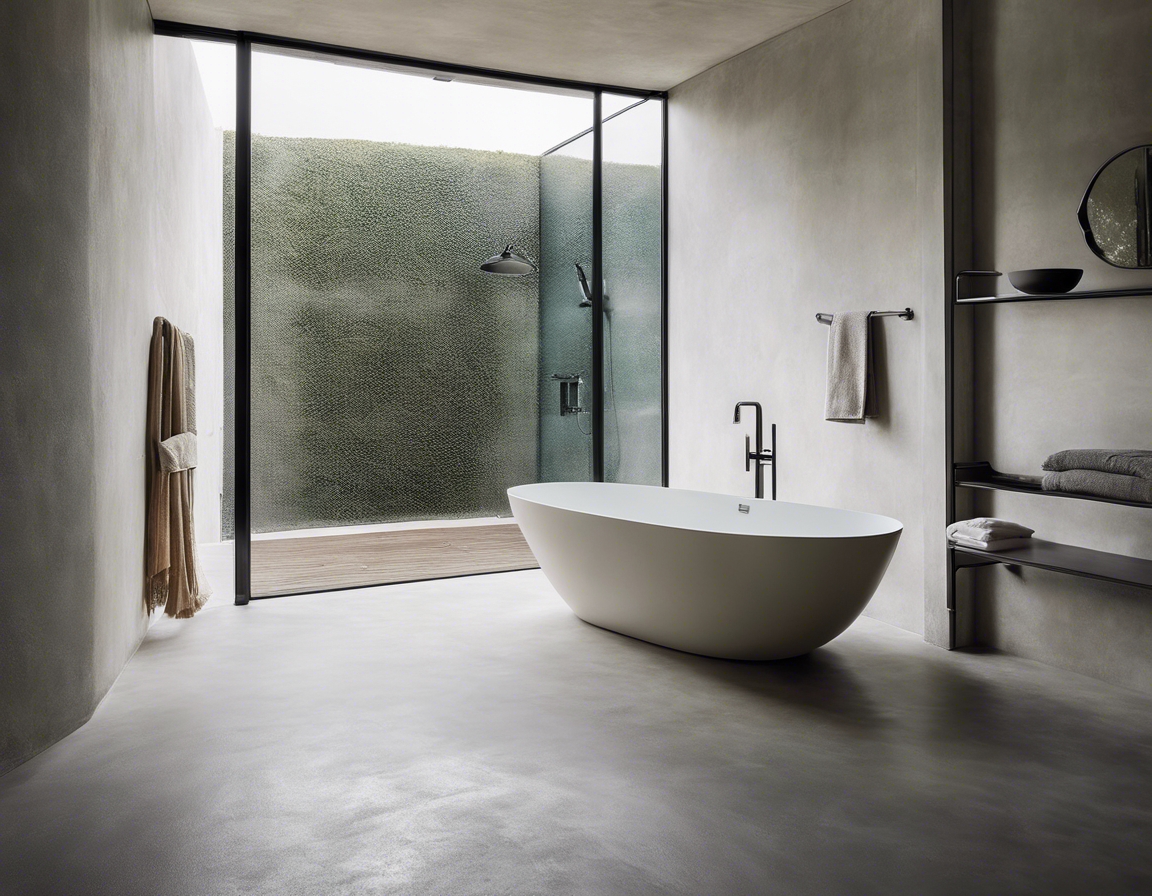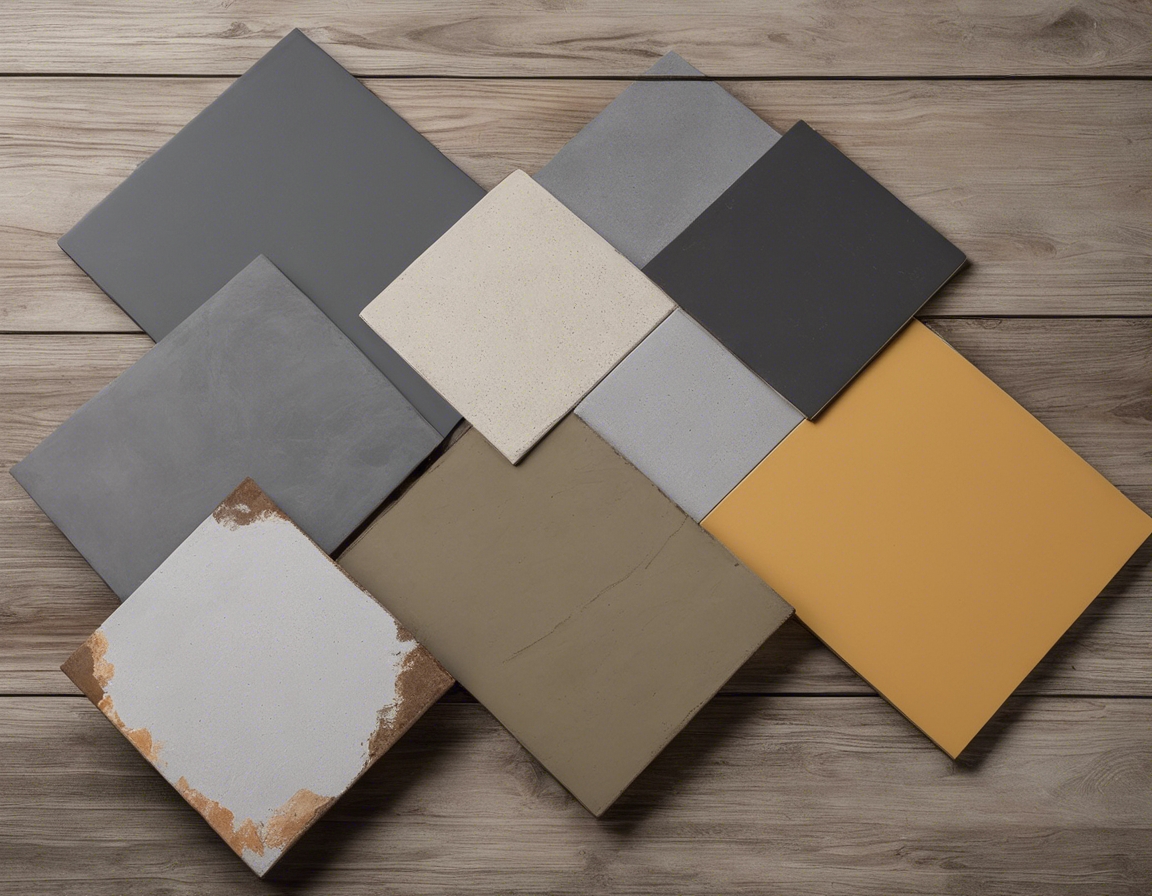The art of micro-cement in modern design
Micro-cement, also known as micro-concrete or micro-screed, is a polymer modified cement-based coating that can be applied to a range of surfaces. Its origins can be traced back to the desire for durable, seamless surfaces that are both functional and aesthetically pleasing. Over time, it has evolved into a preferred material for modern designers and architects.
One of the most appealing aspects of micro-cement is its versatility. It is known for its high tensile strength, flexibility, and ability to adhere to a variety of substrates. This makes it an ideal choice for both new constructions and renovations. Additionally, its seamless finish provides a contemporary look while being waterproof and hypoallergenic, making it suitable for a wide range of environments.
Micro-Cement in Modern Architecture
Micro-cement's ability to blend with different design aesthetics makes it a favorite among modern architects. Whether it's the industrial chic of a loft or the minimalist elegance of a contemporary home, micro-cement can be tailored to enhance the overall design narrative.
Within interior spaces, micro-cement is often used for flooring, walls, and even furniture. Its ability to be applied in thin layers allows for creative applications such as decorative finishes and custom textures. The seamless nature of micro-cement surfaces also contributes to a sense of spaciousness and fluidity within interior designs.
Micro-cement is not limited to interior applications. Its durability and resistance to weather conditions make it an excellent choice for exterior facades, patios, and walkways. It offers a modern and sophisticated finish that can withstand the test of time and the elements.
Technical Aspects of Micro-Cement
The composition of micro-cement includes a blend of high-performance cements, polymers, fibers, and aggregates. This combination gives it unique properties and allows for a variety of types, each suited to specific applications and effects.
The installation of micro-cement is a skilled process that requires precision and expertise. It involves preparing the substrate, applying several layers of micro-cement, and finishing with a sealant to protect the surface. The result is a smooth, continuous finish that is both beautiful and functional.
Micro-cement is renowned for its ease of maintenance and longevity. Regular cleaning with neutral pH cleaners is sufficient to maintain its appearance. Its durability is one of its most significant advantages, as it can last for decades without needing replacement, making it a cost-effective solution in the long run.
Sustainability and Eco-Friendliness
As a building material, micro-cement is valued for its low environmental impact. It requires less energy to produce compared to traditional concrete, and its longevity reduces the need for frequent replacements.
Micro-cement contributes to sustainable building practices by enhancing energy efficiency and indoor air quality. Its thermal properties help in maintaining consistent indoor temperatures, and its lack of volatile organic compounds (VOCs) supports a healthier indoor environment.
Customization and Creative Potential
One of the most exciting aspects of micro-cement is the vast array of colors and textures available. It can be tinted to match any color palette and manipulated to create unique textures, allowing designers to achieve a custom look that reflects the individuality of each project.
The flexibility of micro-cement opens up a world of design possibilities. It can be used to create intricate patterns, embossed effects, or even artistic murals. This level of customization is what sets micro-cement apart as a material that can truly transform a space.






Comments (0)